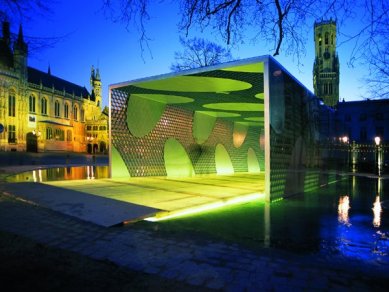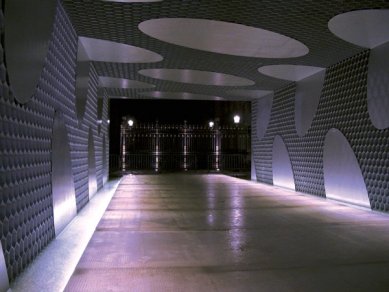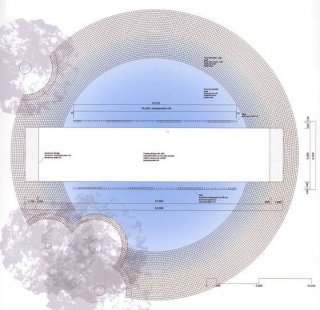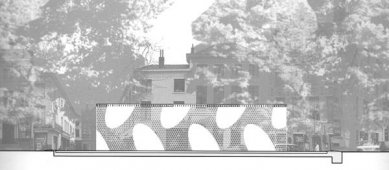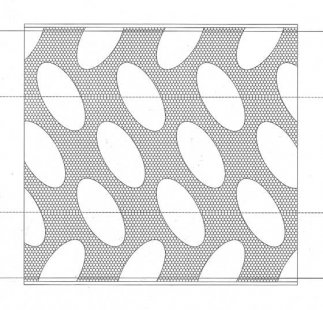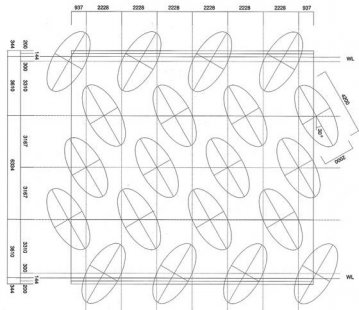
Pavilion in Bruges

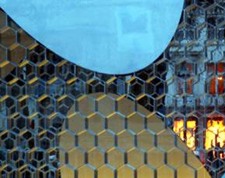 |
The English translation is powered by AI tool. Switch to Czech to view the original text source.
2 comments
add comment
Subject
Author
Date
...Milé, hravé, hezké!
šakal
25.01.06 10:45
Jára Cimrman
Jára Cimrman
26.01.06 07:49
show all comments



